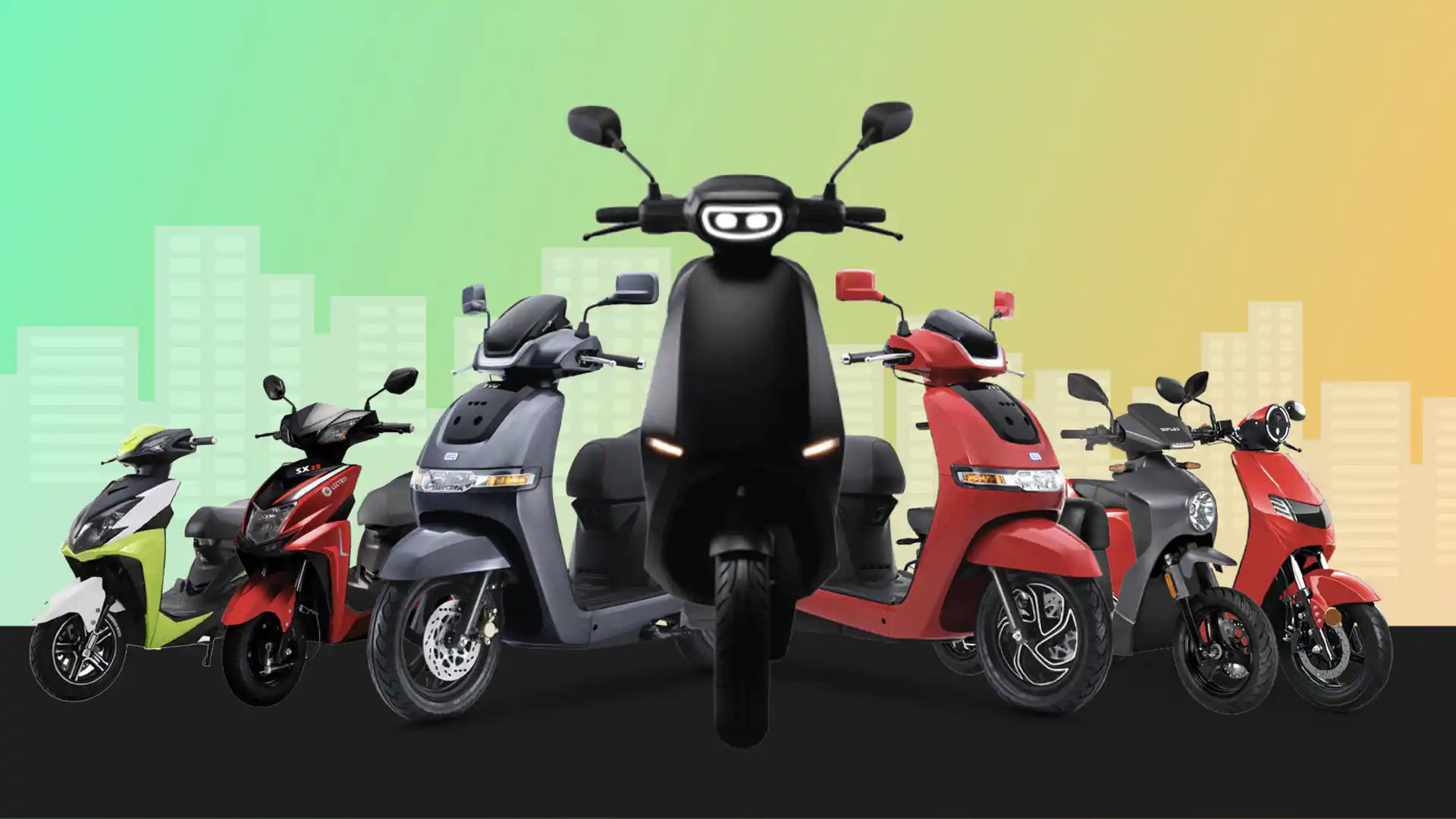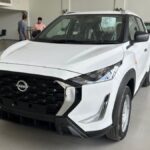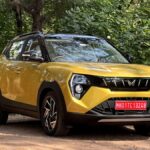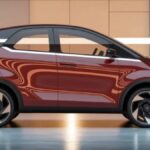In the first quarter of FY2026, the Indian two-wheeler market saw some interesting changes. The electric scooter segment grew fast, with brands like TVS iQube and Bajaj Chetak gaining a lot of attention. Meanwhile, one of the top-selling scooters for years – Honda Activa – lost some of its market share.
Let’s understand what happened, why electric scooters are growing, and how the market is changing.
The Rise of TVS iQube and Bajaj Chetak
Electric scooters are becoming more popular in India due to rising fuel prices and awareness about clean energy. Two major electric scooter brands that performed well in Q1 FY2026 are:
- TVS iQube
- Bajaj Chetak
These two models have shown great growth. More people are now buying electric scooters as they are cheaper to run and easy to maintain.
TVS iQube Sales
TVS iQube is one of the top-selling electric scooters in India. It offers modern features, good battery range, and a smooth riding experience. In Q1 FY2026, its sales increased sharply. The scooter became very popular in both cities and towns. TVS also expanded its dealership network and improved charging infrastructure, which helped increase demand.
Bajaj Chetak Sales
Bajaj Chetak is a well-known name in India. The new electric version of Chetak is stylish and strong. It offers a premium riding feel. In Q1 FY2026, Bajaj Chetak sales grew steadily. Bajaj has also opened more showrooms and improved after-sales support, which attracted new buyers.
Honda Activa Faces Tough Competition
Honda Activa has been India’s most popular scooter for many years. It is trusted for its reliability, mileage, and performance. But in Q1 FY2026, Activa’s market share went down.
Why is this happening?
- More Electric Options: Buyers now have good electric scooter choices like TVS iQube, Ather 450X, Ola S1, and Bajaj Chetak.
- High Fuel Prices: Many people want to avoid petrol costs, so they are choosing electric vehicles.
- Government Support: EVs have benefits like subsidies, lower tax, and fewer running costs.
- Modern Features: Electric scooters come with smart features like Bluetooth, app control, and digital displays. This attracts young riders.
Even though Activa is still one of the top-selling petrol scooters, its hold on the market is slowly reducing.
Overview Table – Scooter Sales Q1 FY2026
| Scooter Name | Type | Q1 FY2026 Sales | Growth Compared to Last Year |
| TVS iQube | Electric | 45,000+ | +60% |
| Bajaj Chetak | Electric | 30,000+ | +70% |
| Honda Activa | Petrol | 5,00,000+ | -10% |
| Ola S1 | Electric | 40,000+ | +50% |
| Ather 450X | Electric | 20,000+ | +30% |
What’s Driving the EV Growth?
Here are some simple reasons why electric scooters are becoming the new trend:
- Low Running Cost: EVs cost just ₹0.25-₹0.50 per km, while petrol scooters cost ₹2-₹3 per km.
- Environment-Friendly: EVs produce no pollution, making cities cleaner.
- Easy Charging: You can now charge EVs at home or at many public stations.
- Government Schemes: The FAME 2 subsidy and state-level offers make EVs more affordable.
Challenges for Petrol Scooters Like Activa
Petrol scooters are still strong in rural areas, but they face big challenges in cities:
- High fuel costs
- Noisy engines
- Air pollution issues
- Fewer new features compared to EVs
Unless brands like Honda introduce strong electric models or hybrid options, they may lose more share.
What to Expect in the Future?
Experts believe the electric scooter segment will grow even more in the next few years. Big players like Honda are also planning electric models. But right now, TVS iQube and Bajaj Chetak are clearly climbing up the sales charts.
More brands will invest in EVs. Battery technology will also improve. We can expect better range, faster charging, and more affordable prices in the future.
Final Words
The two-wheeler market in India is changing fast. In Q1 FY2026, electric scooters like TVS iQube and Bajaj Chetak saw big growth. Meanwhile, Honda Activa lost some market share. Electric vehicles are becoming a smart choice for daily travel. With better technology, good looks, and low running costs, they are the future of personal transport in India. If petrol scooter brands do not adapt, they might fall behind. The road ahead belongs to those who innovate and meet the changing needs of Indian riders.






